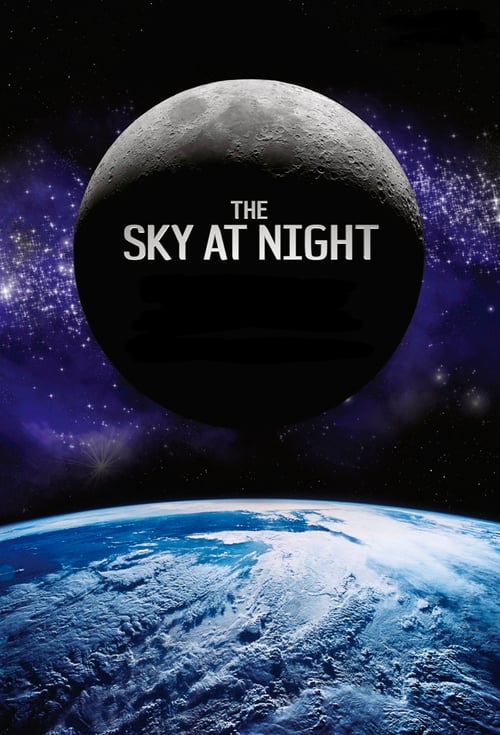
The Sky at Night - Season 4
1960 • 13 episodes
About this season
Episodes
Seasons & Episodes

The Great Spiral
Episode 1 • Jan 20, 1960
Patrick Moore talks about the Andromeda nebula, the most distant object in the heavens it is possible to see with the naked eye, and compares it with what is known of our own galaxy.

Uranus
Episode 2 • Feb 17, 1960
Patrick Moore talks about the remote and slow-moving planet which was discovered in 1781. Uranus is sixty-four times as large as the earth, and has 65,000 days in its year, which is eighty-four times as long as ours.

Why Stars Twinkle
Episode 3 • Mar 16, 1960
Patrick Moore explains how the atmosphere interferes with the astronomer's work. He discusses with Dr. Hugh Butler of the Royal Observatory, Edinburgh, how a satellite could be an astronomical observatory.

Visitor from Space
Episode 4 • Apr 11, 1960
The new comet, Burnham's, is now moving steadily closer to the earth, and should be clearly seen in late April. It will then be in the Northern part of the sky not far from the Pole Star. Patrick Moore talks about this and other comets-where they come from, what they are, and how they move.

Star Clouds of Sagittarius
Episode 5 • Jun 08, 1960
Patrick Moore talks about the centre of our galaxy, which is so obscured by clouds of dust, gas, and interstellar haze that only radio waves come through with evidence of what lies beyond.

Other Moons
Episode 6 • Jun 11, 1960
Patrick Moore talks about the moons of other planets in the solar system. Some planets have more than one moon and they range in size from tiny globes, twelve miles across, to giants twice as heavy as the Moon.

Celestial Fireworks
Episode 7 • Aug 08, 1960
August is one of the best times of the year to observe shooting stars. Patrick Moore talks about meteors and meteorites, and what we know about these sudden arrivals from outside the Earth's atmosphere.

Measuring the Universe
Episode 8 • Aug 30, 1960
Patrick Moore talks to Sir Harold Spencer Jones F.R.S. The former Astronomer Royal about measuring distances which are literally astronomical. The greatest distance ever measured is that of a recently discovered galaxy whose light takes five thousand million years to reach the earth.

Moonscape
Episode 9 • Sep 27, 1960
Soon the Russians and Americans should be able to land instruments on the surface of the moon. Patrick Moore discusses with Gilbert Fielder, the Director of the Lunar Section of the British Astronomical Association, the conditions to be met with on the moon's surface and some of the problems that may be solved by a successful landing of instruments there. [Editor's note: The original title of the episode Moonscape. The current iPlayer listing has it as The Moon.]

Make-up of the Stars
Episode 10 • Oct 10, 1960
Patrick Moore describes how the modern spectroscope has enabled astronomers to find out what different stars are made of and how bright they actually are.

Astronomy in Russia
Episode 11 • Nov 07, 1960
Patrick Moore talks about his recent visit to Russia and some of the principal observatories there.

Tektites
Episode 12 • Dec 05, 1960
These are strange glassy objects of unknown origin which are found on the surface of certain parts of the world. Patrick Moore discusses with Dr. M. H. Hey, of the Department of Mineralogy, British Museum (Natural History), the theory, which has recently been in the news, that Tektites may have originated in the moon and travelled through space to the earth.

Episode 14
Episode 14 • TBA